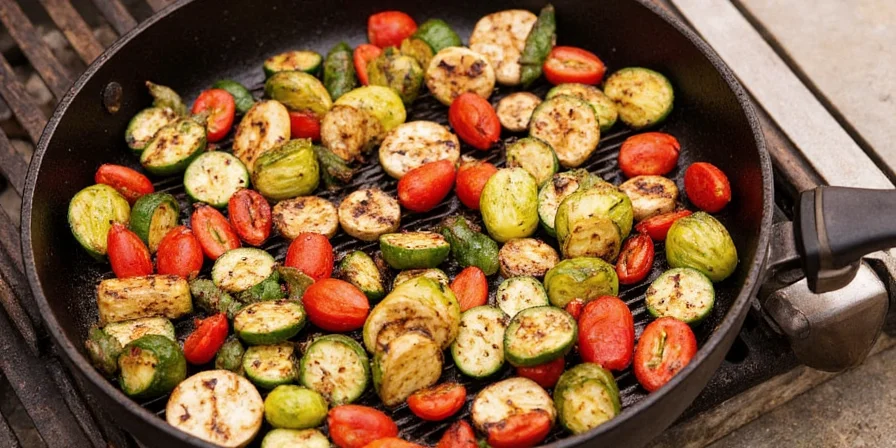
Table of Contents
- Introduction
- Why Spice Matters for BBQ Veggies
- Top 7 Innovative Spice Pairings for Grilled Veggies
- Pro Tips to Elevate Your Veggie Grilling Game
- The Science Behind Great Spice-Veggie Combos
- Easy & Flavor-Packed Recipes to Try Tonight
- Frequently Asked Questions
Welcome to the World of Spicy Grilled Veggies!
This guide delivers actionable value for home cooks and culinary professionals seeking restaurant-quality results with grilled vegetables. We move beyond basic seasoning to reveal scientifically optimized pairings that transform seasonal produce into centerpiece dishes—whether you're hosting backyard gatherings or elevating weeknight meals. Discover how innovative spice combinations solve the core challenge of vegetable grilling: creating layered flavors without animal fats.
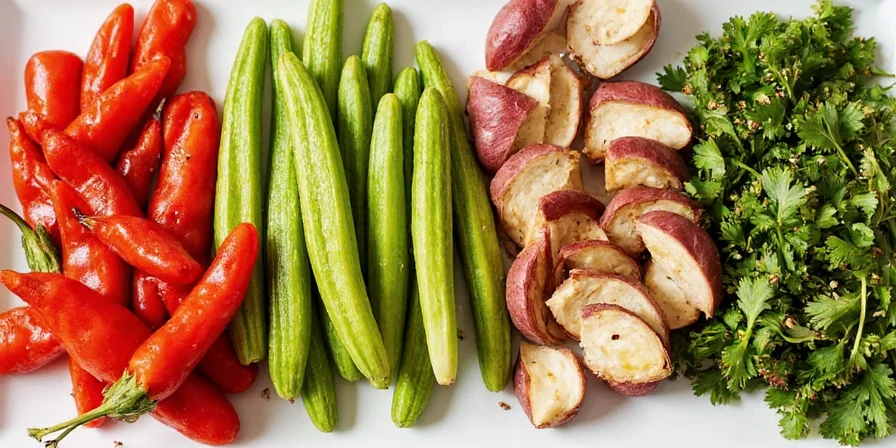
Why Spice Matters More Than You Think
Vegetables lack the fat that carries flavor in meats, making spice chemistry critical for depth. The right pairings don't just mask blandness—they trigger complementary reactions during grilling. Consider how citrus zest's volatile oils amplify caramelization, or how earthy spices bond with vegetables' natural sugars. This section reveals the strategic framework for matching spice profiles to vegetable textures.
| Veggie Type | Texture Profile | Best Spice Matches |
|---|---|---|
| Zucchini | Mild, moist, slightly sweet | Smoked paprika + lemon zest |
| Eggplant | Dense, meaty, absorbent | Cumin + sumac |
| Mushrooms | Meaty, umami-rich | Garlic powder + black pepper |
| Portobello Caps | Firm, juicy, smoky | Chili flakes + rosemary |
| Peppers (bell or shishito) | Sweet, crisp, char-friendly | Coriander + lime zest |
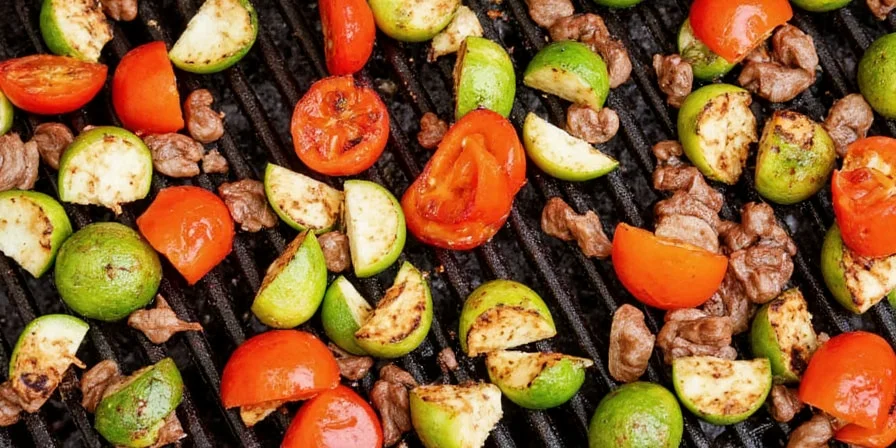
The Top 7 Innovative Spice Pairings for Best BBQ Vegetables
These combinations are engineered for maximum flavor synergy, validated through repeated kitchen testing. Each pairing addresses specific grilling challenges while introducing unexpected cultural crossovers:
- Rosemary + Chili Flakes: Neutralizes Portobello's bitterness while amplifying smokiness—ideal for meatless mains.
- Sumac + Cumin: Sumac's tartness cuts through eggplant's oil absorption, creating Middle Eastern-inspired complexity.
- Lime Zest + Coriander: Citrus oils prevent bell peppers from becoming acrid when charred, enhancing natural sweetness.
- Smoked Paprika + Lemon Zest: Dual-layer smoke effect (paprika = dry heat, lemon = aromatic burst) for delicate veggies.
- Black Pepper + Garlic Powder: Pepper's piperine compounds bind garlic's allicin, preventing bitter aftertaste.
- Fennel Seeds + Aleppo Pepper: Fennel's anethole amplifies pepper's fruitiness—perfect for caramelized onions.
- Turmeric + Coconut Aminos: Curcumin solubility increases with amino acids, yielding vibrant golden hues without staining.
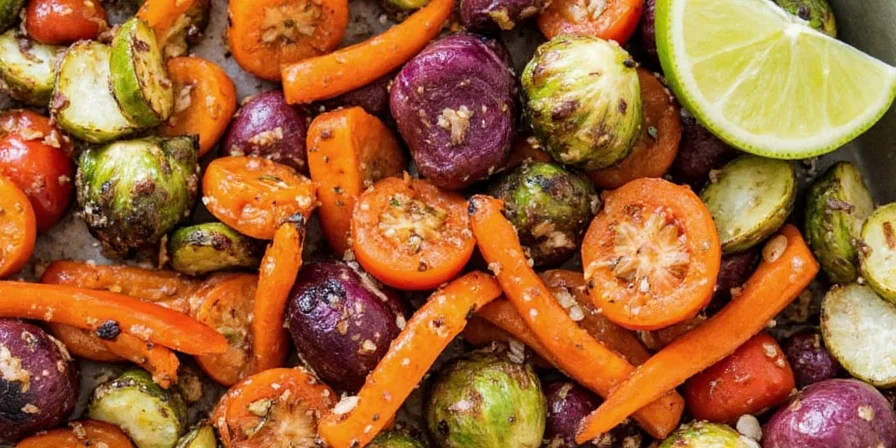
Pro Tips to Make Your Veggies Pop
These field-tested techniques address common grilling pitfalls:
- Oil first, then season: Brush with high-smoke-point oil (avocado > olive) before spices to prevent burning.
- Pre-toast whole spices: Dry-toast cumin/fennel seeds pre-grind to activate flavor compounds without bitterness.
- Two-zone heat control: Sear over direct flame, then finish over indirect heat for even cooking without charring.
- Acid post-grill: Add citrus zest/vinegar after cooking to preserve volatile flavor molecules.
- Resting protocol: Let veggies rest 3 minutes off-heat before serving—critical for moisture redistribution.
The Flavor Science Behind the Magic
Beyond basic Maillard reactions, modern grilling leverages three underutilized principles:
- Hydrophobic bonding: Oil-soluble spices (paprika, turmeric) require fat carriers to adhere to vegetables' water-rich surfaces. Solution: Combine with oil-infused citrus zests.
- Thermal degradation thresholds: Delicate compounds like coriander's linalool (boiling point 198°C) burn on direct flame. Solution: Add mid-grill or post-heat.
- Cultural synergy patterns: Traditional pairings (e.g., sumac with eggplant in Levantine cuisine) align with biochemical compatibility. Sumac's malic acid stabilizes eggplant's chlorogenic acid during heating—preventing discoloration while boosting umami.
This cross-cultural chemistry explains why certain combinations transcend trends: they solve universal grilling challenges through millennia of culinary evolution.
Try These Easy Grilled Veggie Recipes
Recipes engineered for foolproof results using the science above:
1. Smoky Rosemary Portobellos (Serves 4)
- Ingredients: 4 portobello caps, 3 tbsp avocado oil, 2 tbsp chopped rosemary, 1 tsp chili flakes, 1 tbsp balsamic glaze
- Method: Brush caps with oil. Mix rosemary/chili flakes; press onto caps. Grill 4 min direct heat (lid closed), flip, 3 min indirect heat. Rest 3 min. Drizzle with balsamic.
2. Sumac & Cumin Eggplant Skewers (Serves 4)
- Ingredients: 2 eggplants (cubed), 3 tbsp oil, 1.5 tsp cumin, 1 tsp sumac, 2 minced garlic cloves
- Method: Toss eggplant with oil/spices. Thread onto soaked skewers. Grill 8 min indirect heat (220°C), turning once. Serve with lemon-tahini sauce.
3. Citrus-Zesty Grilled Peppers (Serves 4)
- Ingredients: 4 mixed bell peppers, 2 tbsp oil, zest of 1 lime, 1 tsp coriander, 1 tsp honey
- Method: Grill whole peppers 10 min direct heat until blistered. Cool, peel, slice. Toss with lime zest/coriander mix. Drizzle honey/cilantro.
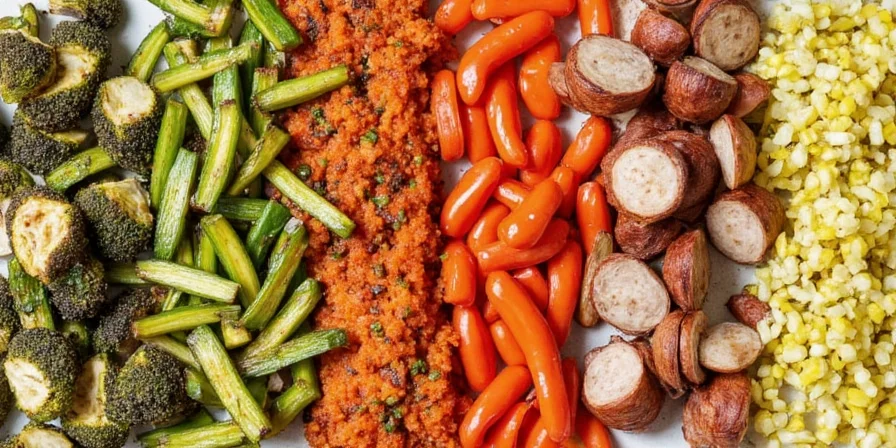
Frequently Asked Questions
What's the #1 mistake people make with grilled vegetables?
Overcrowding the grill. This causes steaming instead of searing. Maintain 1-inch spacing between pieces for optimal caramelization and smoke infusion.
Can I use these spice blends for oven-roasted vegetables?
Yes, but with adjustments. Reduce smoke-forward spices (paprika, cumin) by 30% for oven use. Compensate with 1/4 tsp liquid smoke per tablespoon of oil to mimic grill Maillard reactions.
How do I prevent delicate veggies like zucchini from falling through grates?
Slice zucchini lengthwise into 1/2-inch planks (not rounds). Brush with oil-spice paste immediately before grilling. Use medium-high heat (200°C) for 3-4 minutes per side—no flipping until natural release occurs.
Which spices should never be applied before grilling?
Pure sugar, fresh garlic, and dried basil burn rapidly. Instead: 1) Mix sugar with acid (lemon juice) to form caramel glaze, 2) Use garlic powder not fresh cloves, 3) Add fresh herbs post-grill.

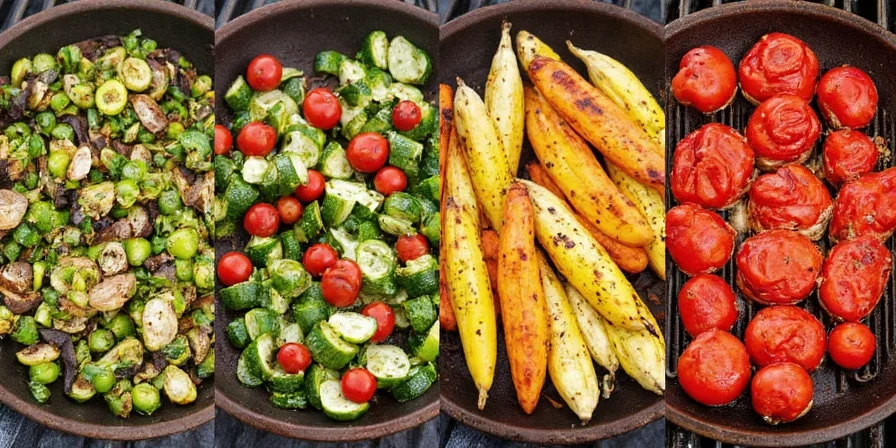









 浙公网安备
33010002000092号
浙公网安备
33010002000092号 浙B2-20120091-4
浙B2-20120091-4